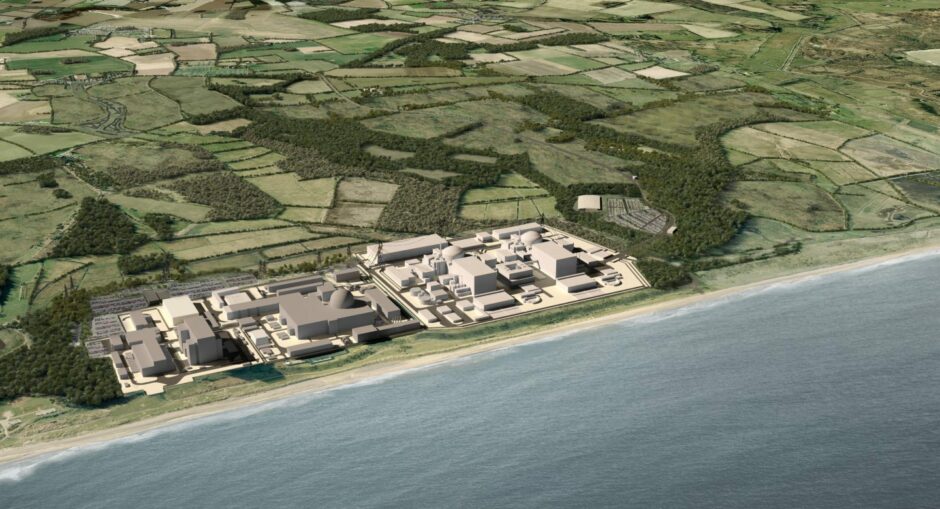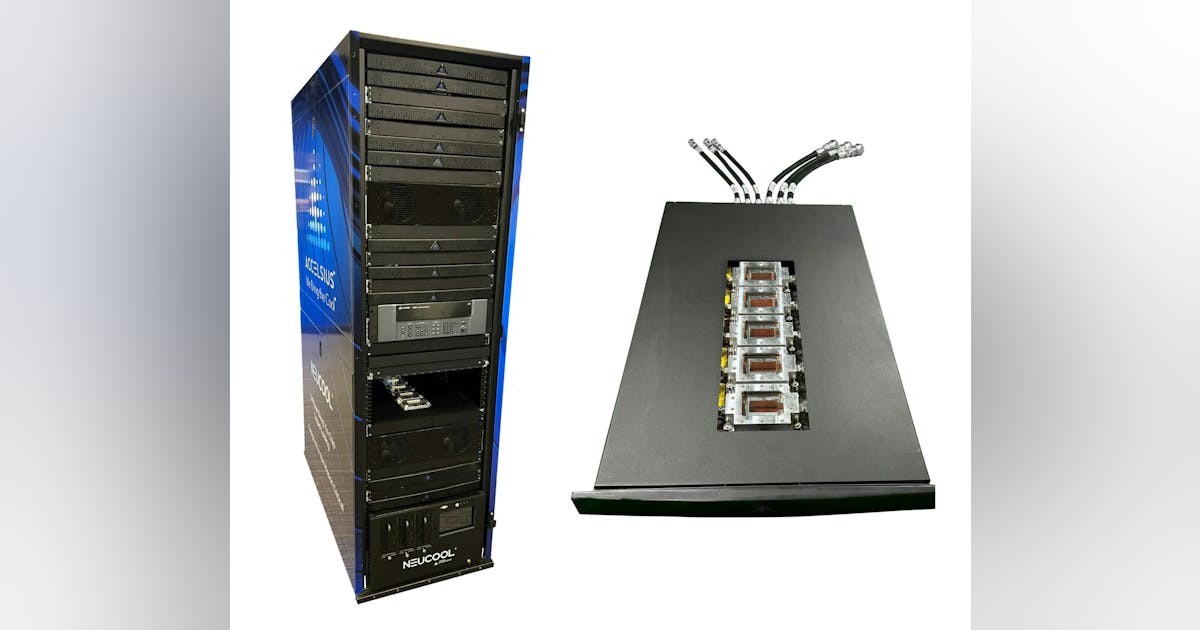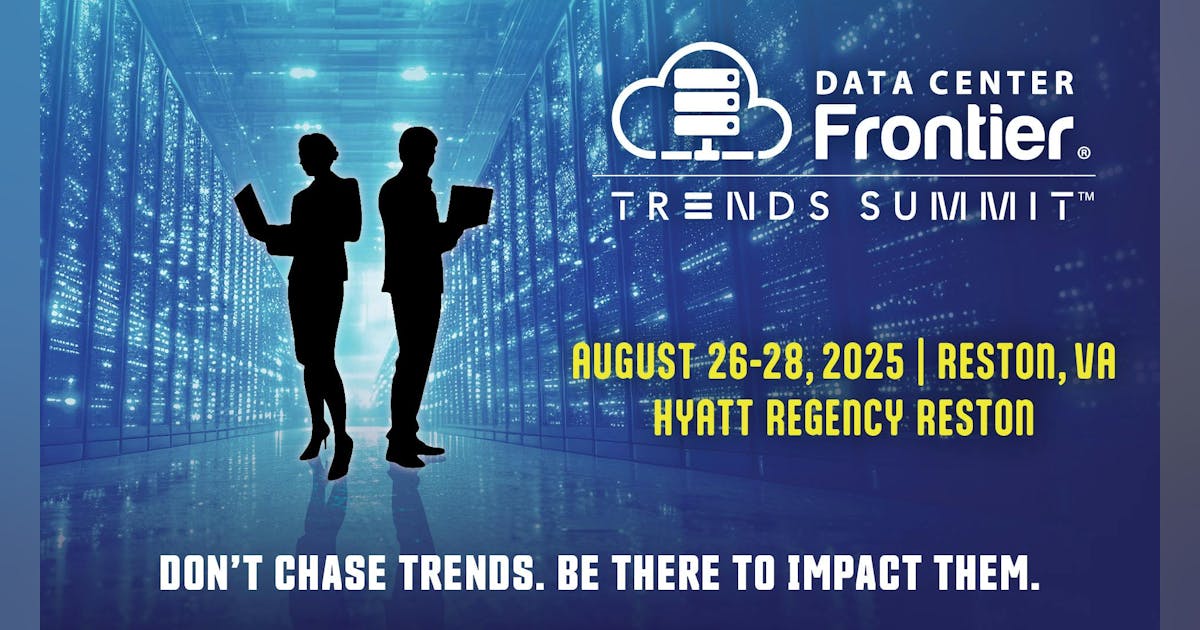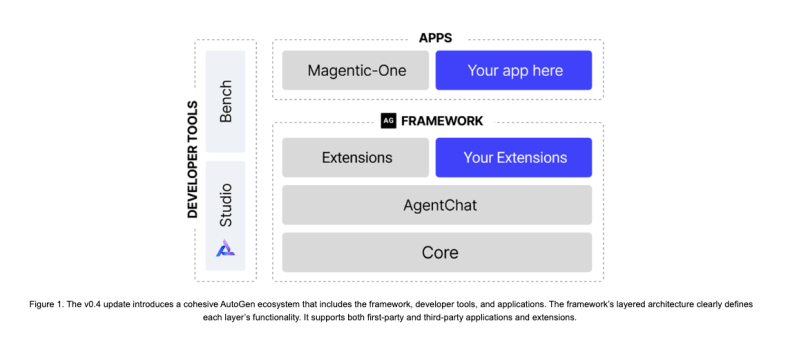
Oil surpassed $80 a barrel for the first time since August as US inventories tightened and fresh sanctions on Russia began to affect crude flows.
Buyers of Russian oil are increasingly turning to other suppliers, with nations including India saying they would bar sanctioned tankers, following the most aggressive sanctions yet by the US. In China, companies have been snapping up cargoes from the Middle East and elsewhere in preparation for disruption. Freight costs have surged, and US physical pricing patterns have also shifted.
That has added momentum to crude’s already strong start to the year. US oil inventories have dropped for eight straight weeks to the lowest since April, countering widespread expectations for a significant global surplus.
Still, the rally will probably be capped at $81 a barrel, according to Dennis Kissler, senior vice president of trading at BOK Financial Securities. Futures are already hovering in overbought territory on the 14-day relative strength index.
Gasoline futures also rallied to the highest since August after Colonial Pipeline Co. shut one of the largest US fuel lines following a potential leak in Georgia. The company’s Line 1 transports 1.5 million barrels of gasoline a day between Houston, Texas, and Greensboro, North Carolina, and is expected to remain shut through Friday.
Meanwhile, the International Energy Agency on Wednesday revised its outlook and now expects a smaller surplus in global oil markets, with inventories set to grow by 725,000 barrels a day versus the more than 1 million barrels a day estimated previously.
Now, traders are weighing the implications of President-elect Donald Trump’s second term in the White House. These include the possibility of tighter curbs on Iranian exports, potential tariffs that could ensnare Canadian oil, as well as moves to encourage domestic production.
Elsewhere, Israel and Hamas have agreed to a ceasefire deal, bringing at least a temporary halt to a 15 months-long conflict that has roiled global oil trading. Markets shrugged off the report, with traders having already priced in a potential deal after a draft was announced on Tuesday.
Oil Prices:
- WTI for February delivery rose 3.3% to settle at $80.04 a barrel in New York.
- Brent for March settlement gained 2.6% to settle at $82.03 a barrel.
What do you think? We’d love to hear from you, join the conversation on the
Rigzone Energy Network.
The Rigzone Energy Network is a new social experience created for you and all energy professionals to Speak Up about our industry, share knowledge, connect with peers and industry insiders and engage in a professional community that will empower your career in energy.
MORE FROM THIS AUTHOR
Bloomberg



















